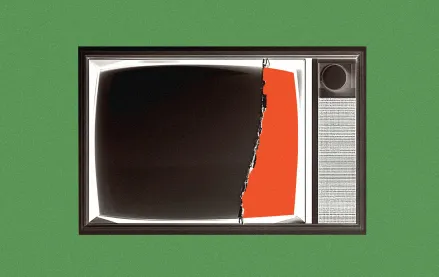
Publishers are pinning their hopes on native advertising to rescue their shaky ad business. But that’s dependent on getting brands on board.
And brands have plenty of obstacles, from doubts about its effectiveness to a lack of consensus about how it should be priced and measured. Now comes new data from the agency side that further underscores the uncertainty. Contently went so far as to call the state of affairs a “crisis of confidence.”
Few marketers feel strongly the yardsticks they’re using are effectively measuring business results. Contently surveyed more than 300 marketers this spring on their views about native advertising, and found that only 9 percent are “very confident” in their metrics. About an equal portion are “kind of” confident and unconfident, so maybe it’s not all bad.
Despite the fact that most marketers want to be able to connect branded content to sales, most are using traditional publishing metrics to evaluate the success of their content, according to Contently. Amazingly, 7 percent admitted to not measuring anything.
At the end of the day, marketers most want to be able to measure how branded content changes people’s opinions about their brand and affects their purchase intent.
Uncertainty about measurement isn’t stopping marketers from investing in native. The Industry Index by DMR and TripleLift surveyed 100 digital media buyers in May. Seventy-three percent of buyers said they have a native ad strategy, with 67 percent planning to increase their use of the format this year. Native ad spending is expected to triple from 2013 to 2015, according to Purch. But there’s no telling how much more that would be if agencies had more confidence in the format.
Getting enough scale for native ads is a challenge for marketers. But despite the proliferation of companies professing to be able to marry native with scale, buyers are uncertain about whether native can be automated. Nearly two thirds said they doubt native can successfully be bought programmatically.
More in Marketing

Pitch deck: How Amazon is recasting Twitch as a core part of its CTV pitch
Amazon is positioning Twitch as a defining asset in its CTV ambitions.

Netflix transforms former mall department stores into experiential venues
The location in Dallas opens this week, and one at the King of Prussia mall near Philadelphia opened last month.

Future of Marketing Briefing: AI has created a new talent paradox in programmatic agencies
The job isn’t execution anymore. AI handles that. The job is judgement.





